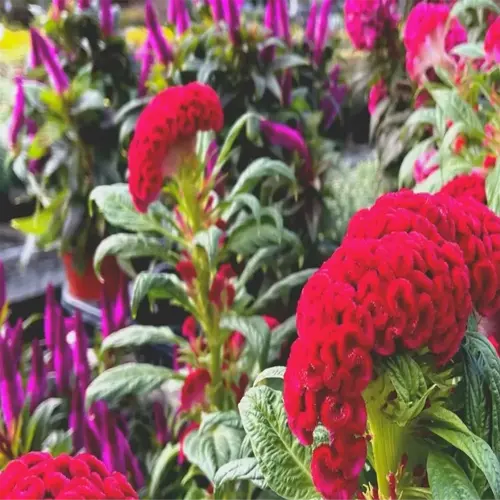Should I remove leaves or mulch them?

Written by
Tina Carter
Reviewed by
Prof. Charles Hartman, Ph.D.Management of leaves impacts the developing health of a lawn after each fall. The action of mulching leaves that are in thin layers, perhaps under 1 inch, provides food for the soil microbes. Conversely, mulching leaves in thick mats will block sunlight and increase the potential for disease. My mulching mower has a blade that I keep razor sharp. If the blade is dull, the leaves will get torn and not shredded which also slows down decomposition. After my discussions with a client in New York on following the mulching method, they significantly improved their lawn.
Mulching Best Practices
- Sharpen mower blades every 8 hours of use
- Cut leaves into dime-sized pieces for 2-week decomposition
- Avoid mulching walnut leaves (contain juglone toxin)
- Mix grass clippings with leaves for balanced carbon/nitrogen
Removal Techniques
- Use ergonomic rakes for slopes to prevent back strain
- Bag leaves in biodegradable paper for municipal compost
- Clear within 3 days after heavy rain to prevent matting
- Burn only where legal (check county fire ordinances)
Mulching mowers are more efficient than standard mowers; their curved decks continually recut leaves several times until they are cut into 1/4-inch fragments. I suggest choosing a mulching mower that has a cutting height adjustment feature of up to 3 inches --- otherwise, too much leaf material will be scalped while shredded. A homeowner in Pennsylvania was able to reduce his leaf disposal costs by 70% using this technique.
Heavy layers of leaves require action. If left unattended, they will hold moisture and encourage snow mold. Remove at least 90% of the weight of heavy oak or maple leaves, as their waxy coating inhibits decomposition. I have rehabilitated lawns in the spring that had 4-inch piles of leaves, which resulted in 50% die-off of grass over winter.
Read the full article: 10 Expert Fall Lawn Care Strategies for a Lush Yard

